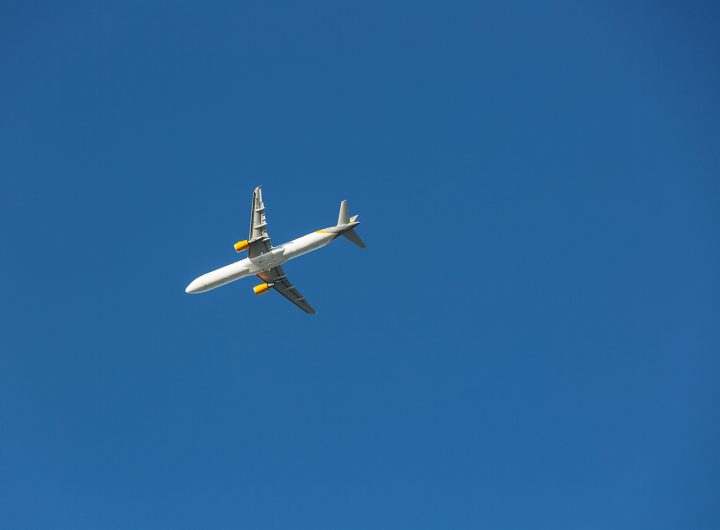- This topic is empty.
-
AuthorPosts
-
12/05/2025 at 15:43 #6947
In an increasingly interconnected world, the demand for rapid transportation has never been greater. As globalization accelerates, understanding the fastest modes of transport becomes crucial for businesses, travelers, and logistics professionals alike. This post delves into the various modes of transport, evaluating their speed, efficiency, and practical applications, while also considering the technological advancements that continue to redefine our understanding of speed.
1. The Speed of Air Travel
When it comes to sheer speed, air travel reigns supreme. Commercial jetliners, such as the Boeing 747 and Airbus A380, typically cruise at speeds of around 560 miles per hour (900 kilometers per hour). However, the fastest commercial aircraft, the Concorde, could reach speeds of over 1,350 miles per hour (2,180 kilometers per hour), effectively cutting transatlantic flight times in half. Although the Concorde is no longer in service, advancements in supersonic travel are on the horizon, with companies like Boom Supersonic working to bring back supersonic passenger flights.
In the realm of military aviation, the Lockheed SR-71 Blackbird holds the record for the fastest air-breathing manned aircraft, achieving speeds of over 2,193 miles per hour (3,529 kilometers per hour). These examples illustrate that while commercial air travel is the fastest mode for the average traveler, military and experimental aircraft push the boundaries of speed even further.
2. Ground Transportation: The Race for Speed
On land, high-speed trains have revolutionized travel, particularly in regions like Europe and Asia. The Shinkansen in Japan and the TGV in France are prime examples, with speeds exceeding 200 miles per hour (320 kilometers per hour). The Shanghai Maglev Train, utilizing magnetic levitation technology, holds the record for the fastest commercial train, reaching speeds of 267 miles per hour (431 kilometers per hour). These trains not only offer speed but also efficiency and comfort, making them a preferred choice for intercity travel.
However, road transport is also evolving. Hyperloop technology, a concept popularized by Elon Musk, promises to transport passengers in pods at speeds of up to 760 miles per hour (1,220 kilometers per hour) through low-pressure tubes. While still in the experimental phase, successful implementation could redefine ground transportation.
3. Maritime Innovations: Speed on Water
Traditionally, maritime transport has been slower than its aerial and terrestrial counterparts. However, advancements in vessel design and propulsion technology have led to the development of high-speed ferries and hydrofoils. The HSC Francisco, a high-speed catamaran, can reach speeds of up to 58 knots (approximately 67 miles per hour or 108 kilometers per hour), making it one of the fastest passenger ferries in operation.
Moreover, the world of competitive sailing has seen the emergence of hydrofoil sailboats, which can achieve remarkable speeds by lifting above the water’s surface. The Sailrocket 2, for instance, set a world record by reaching speeds of 65.45 knots (approximately 75 miles per hour or 121 kilometers per hour) in 2012.
4. The Future of Transport: Speed Meets Sustainability
As we look to the future, the quest for speed must also consider sustainability. Electric and hybrid vehicles are becoming increasingly popular, not only for their environmental benefits but also for their potential to enhance efficiency. Innovations in battery technology and renewable energy sources are paving the way for faster, more sustainable transport options.
In the aviation sector, companies are exploring electric aircraft and sustainable aviation fuels to reduce carbon footprints while maintaining speed. The integration of autonomous technology in transportation systems also holds promise for optimizing routes and reducing travel times.
Conclusion: The Fastest Mode of Transport
In conclusion, the fastest mode of transport varies depending on the context and specific requirements. For long-distance travel, air travel remains the fastest option, while high-speed trains offer an efficient alternative for shorter distances. Ground-breaking technologies like Hyperloop and advancements in maritime transport are set to challenge traditional notions of speed. Ultimately, as we continue to innovate, the future of transportation will likely be defined not just by speed, but by a harmonious balance of speed, efficiency, and sustainability.
-
AuthorPosts
- You must be logged in to reply to this topic.

 Google hit with record EU fine over Shopping service
Google hit with record EU fine over Shopping service  Business booming for giant cargo planes
Business booming for giant cargo planes  Trump-Putin: The understandable story
Trump-Putin: The understandable story